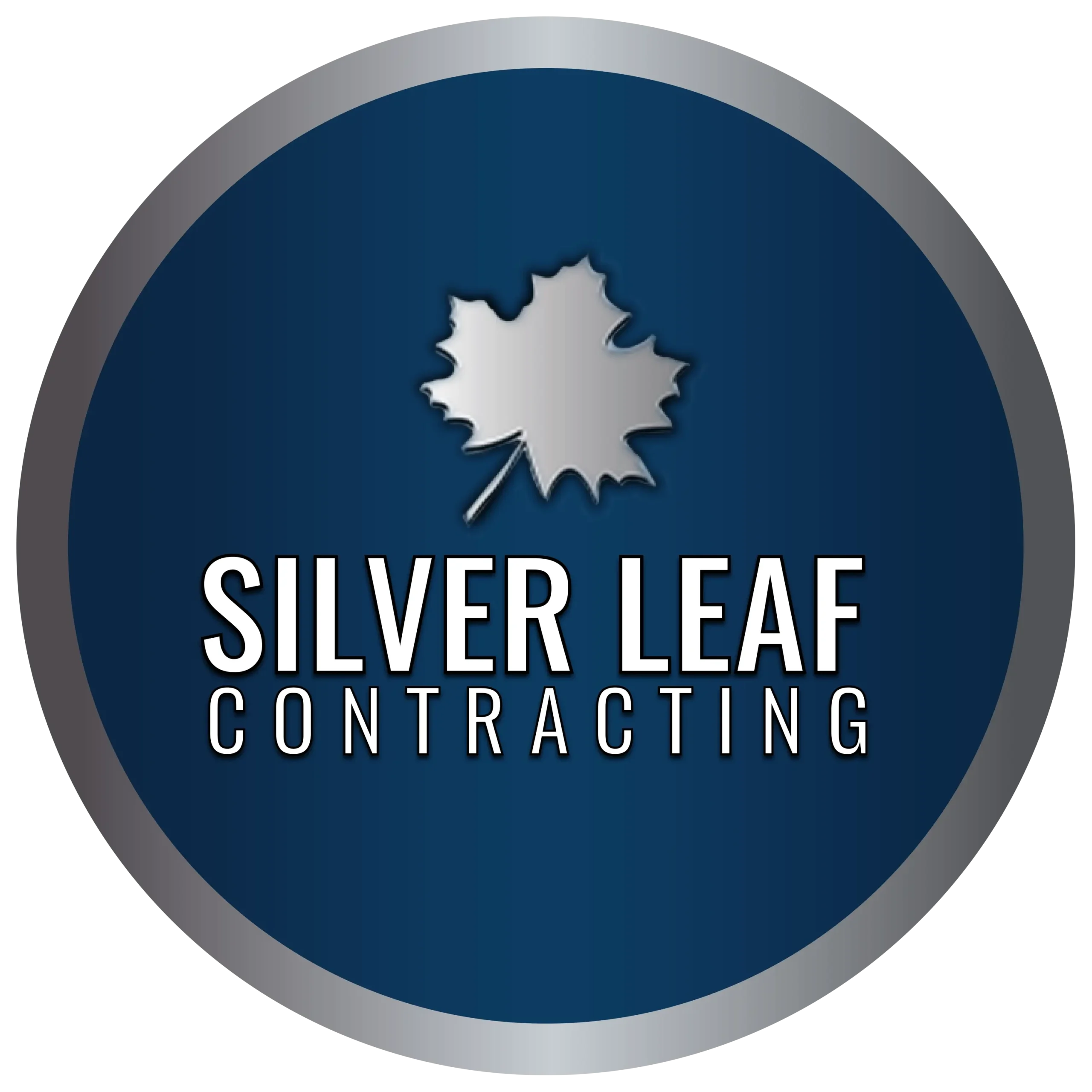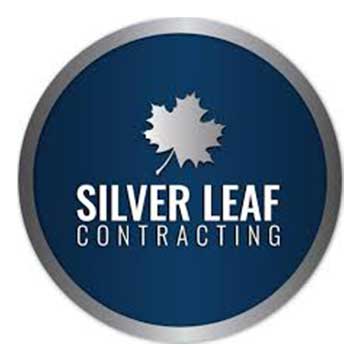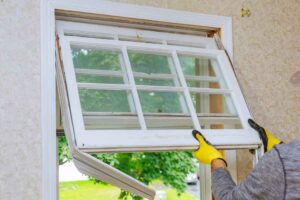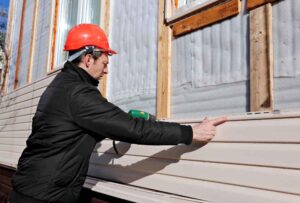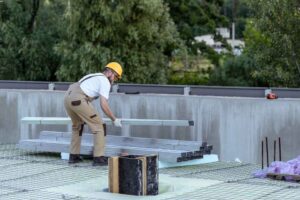
Most contractors will refer budget-oriented clients to rubber roofing because it is affordable and durable for any residential property. However, is it always the best choice for your property?
Makers of EPDM roofs create them with high quality and recyclable materials. They are durable and have decades in lifespan, but they’re not perfect.
In fact, you have two alternative roofing membranes to choose from. Like all roofing materials, each one has its strengths and weaknesses.
Here are in-depth comparisons between the characteristics of each membrane.
What is EPDM?
Ethylene propylene diene monomer (EPDM) membranes use recycled rubber, slate, and sawdust to create its virtually impregnable membrane. Contractors refer to it commonly as rubber roofs.
Manufacturers create them within the standards set by ASTM International’s ASTM D4637 specification. This guarantees the roof will resist hailstone impacts and debris penetration within its expected lifetime.
Contractors install them through strong roofing adhesive. To introduce home insulation, contractors will overlap seams to prevent any air leaks.
Characteristics
Durability
Rubber roofing will withstand a single strong hailstorm and suffer bruises in the process. However, the roof will require immediate repair to prevent the massive damages an upcoming storm could bring.
If susceptible to heavy foot traffic, rubber roofing will weaken over time. However, if you install it in your flat-roofed home, it can still last within its expected lifespan.
Longevity
Rubber roofs can live up to 20-30 years in most situations. In ideal conditions with minimal hailstorms and foot traffic, rubber roofing can last up to 30-40 years.
In fact, it has the same lifespan in commercial properties with minimal foot traffic.
The lifespan of rubber roofing reduces with poor installation. If contractors used nails or roofing staples in installing the roof, then it will damage the roof over time.
Make sure to get a good rubber roof contractor to avoid this problem.

Cost-Efficiency
EPDM roofs cost about $0.4 per square foot. An average residential property can spend about $700-$800 on an entire roof.
This single-ply membrane is the most affordable of the three variants. In fact, it is the most affordable roofing material in existence.
However, it delivers excellent durability and protection as well as any roofing material.
Curb Appeal
The only drawback for EPDM is it lacks curb appeal. Rubber roofing has a common black color.
EPDM roofs are useful if you’re not selling the property. You can also use them if local municipalities have no requirements on property appearances.
However, never use black-colored EPDM if you’re trying to improve the value of the property.
What is TPO?
Thermoplastic polyolefin (TPO) is the next tier in the evolutionary phase of rubber roofing. EPDM is a basic rubber roofing membrane. TPO is a rubber roofing membrane made from polyprophylene and ethylene-propylene materials.
Unlike EPDM, TPO requires contractors to install it fully adhered or mechanically-attached to roofs. Its curb appeal is better than EPDM because it comes in white.
However, most manufacturers produce them in different colors.
Characteristics
Durability
TPO is as dependable as rubber membranes. Manufacturers fully adhere to ASTM D5538, which guarantees it will withstand harsh weather and possible hailstorms.
Manufacturers subject TPO to tests such as heat-aging, puncturing, and tearing. While a proper installation will maximize the durability of TPO, tests such as these guarantee its protective capacity.
Longevity
TPO has roughly the same lifespan as rubber roofs. It can last for 20-30 years. In properties with low foot traffic, TPO can last for 30-40 years.
However, TPO withstands another hailstorm without repairs compared to EPDM. The sturdy and reinforced material is capable of shielding against rainstorms.
On the other hand, it will require maintenance from time to time.
Cost-Efficiency
TPO costs about $5.50 to $8.50 per square foot. To roof an entire property with the material, you can spend about $1,000-$2,000.
The heat-resistant material has better curb appeal and additional durability, which makes it expensive. However, the returns on your investment include a long-term roof for your home with decent curb appeal.
Curb Appeal
Thermo-resistant roofs come in different colors. In fact, some manufacturers accept requests for emulated material prints.
This allows TPO roofs to imitate traditional residential roofing material such as shingles and shakes. However, most real estate contractors will discourage using TPO to improve the value of any residential property.
What is PVC?
Polyvinyl chloride (PVC) roofs are effective as pipes, plastic fittings, and other industrial structural component.
PVC is also affordable because of its low-cost manufacturing process. In fact, manufacturers use recycled PVC material to drive down costs further.
It is made from two layers of PVC with polyester reinforcing both layers to introduce an impenetrable, durable membrane. This allows the material to reflect light and repel dust and dirt.
Characteristics
Durability
Contractors heat-weld PVC into the roofing structure to introduce added insulation and a watertight seal on all areas. Unlike TPO and EPDM, PVC roofs resist heavy foot traffic.
The heat weld guarantees PVC roofs stay in place even in the strongest windstorms. PVCs can also withstand multiple hailstorms.
PVC roofs also has the strongest fire resistance compared to the two other materials.
Longevity
Heat-welding improves the lifespan and durability of PVC. Manufacturers set their lifespan from 45-50 years.
In ideal conditions with low foot traffic and virtually no strong hailstorms, PVC roofs can last up to 70 years.
Manufacturers comply with ASTM D4434, which guarantees the consistent resistance and pounds-per-inch (PPI) strength of every manufactured material
Cost-Efficiency
However, PVC is the most expensive of the three roofing membranes. A square foot costs about $4-$8.
To use PVC for an entire roof, you might spend about $6,000-$12,000 on average.
Curb Appeal
Similar to TPO, PVC comes in different colors. Manufacturers also print designs to emulate traditional residential roofing materials too.
However, PVC will never increase curb appeal and property value like real traditional materials. Therefore, if you plan to improve the value of your home, use real shingles and wood shakes.
Conclusion
Rubber roofing is not the only material you can use for your home. You have TPO and PVC, which also offer excellent protection and longevity for your home.
However, it takes an efficient installation procedure to maximize the protective capacity of each roofing material. Taking this into consideration, make sure to only call reputable and trustworthy roofing contractors. Call us now for more inquiries!
